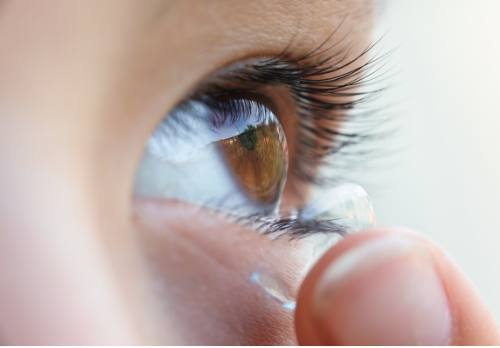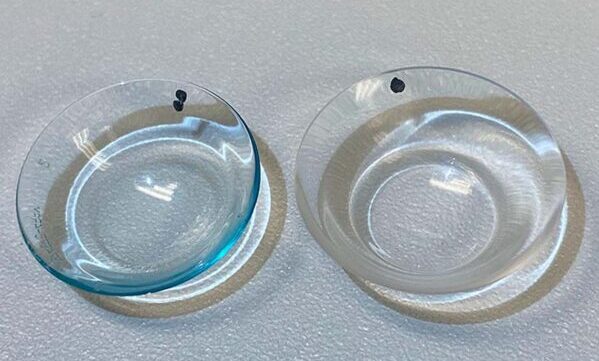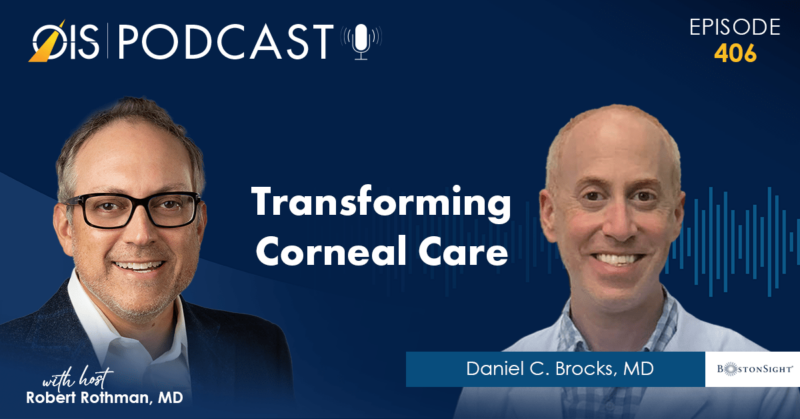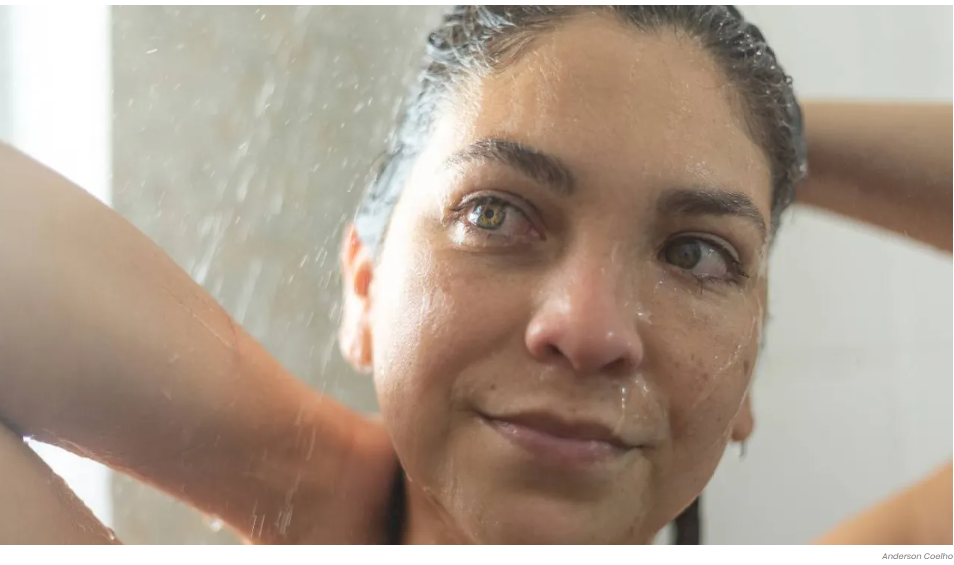*This article is a guideline only and is not to be construed as medical advice. Always contact your eye care doctor with questions and for treatment options. Understanding Dry Eye Syndrome Dry eye syndrome is a common condition that occurs when the eyes are unable to maintain a healthy layer of tears, also known as the tear film. This can lead to eye irritation, redness, and discomfort, as well as blurry vision or even vision loss. Seasonal allergies, on the other hand, occur when the immune system reacts to allergens such as pollen, mold, or dust, leading to symptoms like sneezing, itching, and watery eyes. Exploring the Connection Many people experience a connection between dry eye syndrome and seasonal allergies. During allergy season, allergens can trigger inflammation in the eyes, leading to an increase in tear production. However, the quality of these tears may not be sufficient to keep the eyes properly lubricated, resulting in symptoms of dry eye syndrome. This combination of increased tear production and inadequate lubrication can exacerbate the discomfort experienced by individuals with both conditions. Managing Symptoms For individuals experiencing both dry eye syndrome and seasonal allergies, it is essential to seek proper management strategies. Over-the-counter artificial tear solutions can help provide relief by supplementing natural tear production. Additionally, avoiding allergens and using antihistamine eye drops can help alleviate the symptoms associated with seasonal allergies. However, anti-histamine eye drops may exacerbate eye dryness, so the treatments must be carefully balanced by working with your eye care [...]



